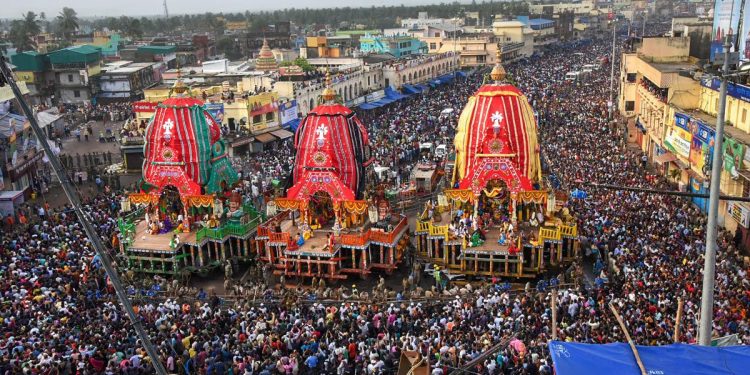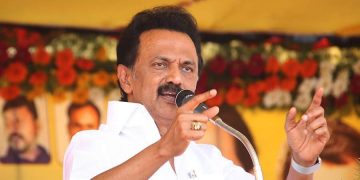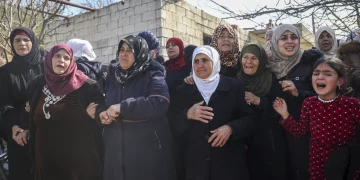Intro: Rath Yatra was conducted even during the infamous Orissa Famine of 1866 that killed over a million people in eastern India and in the times of Spanish Flu pandemic, referred to as the Bombay Fever in India about a century ago resulting in more than 14 million deaths
The nine-day sojourn of Lord Jagannath and his siblings is not just a world famous annual extravaganza, it has been a celebration of life and display of unshakable faith of crores of devotees. The epic voyage, over the years, is not only observed in many parts of India, it has spread to over 150 countries across the globe. No wonder, despite the looming threat of coronavirus, preparation by the temple administration and the state government was in full swing for the event, expectedly in a smaller scale.
However, an order passed by the Supreme Court restricting the state government from holding the Rath Yatra this year triggered massive emotional outburst in the state and other parts of the world as millions of followers are spiritually connected to Lord Jagannath. Several review petitions have been filed in the apex court seeking modification in the order. Significantly, Aftab Hussain, a Muslim from Nayagarh, urged the court to reconsider the verdict saying Rath Yatra is not just about a set of rituals, it is associated with the sentiments of crores of people and traditions of hundreds of years. Gajapati Dibyasingh Dev and Jagadguru Shankaracharya Nischalachanda Saraswati also echoed similar sentiments and hoped that the chariots will roll on the Grand Road of Puri like previous years.
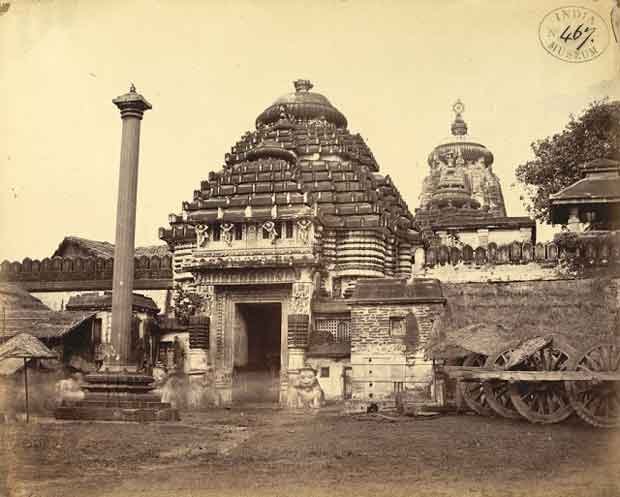
This is not the first time that Rath Yatra is feared to be affected. In the past, since the construction of the 12th century shrine, the festival is said to be suspended on at least 32 occassions due to external attacks but not in last 284 years. The festival was conducted even during the infamous Orissa Famine of 1866 that killed over a million people in eastern India and during Spanish Flu pandemic, referred to as the Bombay Fever in India about a century ago resulting in more than 14 million deaths.
Bhaskar Mishra, a former deputy administrator of Shree Jagannath Temple Administration(SJTA) who now serves as the special officer in SJTA’s law department, recently stated in a write up that the grand festival was not held on 32 occassions between 1568 and 1735 due to attacks on the temple by Muslim generals.
While it will be clear in a day or two about the fate of the celebration, Sunday POST takes a look on the occasions when the Juggernaut was stopped and the reason there of.
1568: Kala Pahad, a general of Bengal king Suleiman Kirrani, invaded the temple in 1568 for which idols were shifted to Chhapali near Chilika by servitors. Acting on a tip off, Kala Pahada then sent his army to Chilika and took away the deities to the bank of river the Ganges and put them on fire. However, Bishar Mohanty, a Vaishnavite saint managed to recover the Brahmas or souls of the deities and consecrated at Gada Kujanga in present day Jagatsinghpur district. Later, Gajapati Ramchandra Dev brought the Brahmas to Puri and installed them in newly carved idols. Thus, Rath Yatra could not be held for nine years from 1568 to 1577.
1601: Mirza Khurum, a commander of the Bengal Nawab, launched an attack on the temple, but the temple servitors secretly took the idols to Panchamukhi Gosani temple at Kapileswar, which is about 13-14 kilometres away from Puri. As a result of which Rath Yatra could not be held that year.
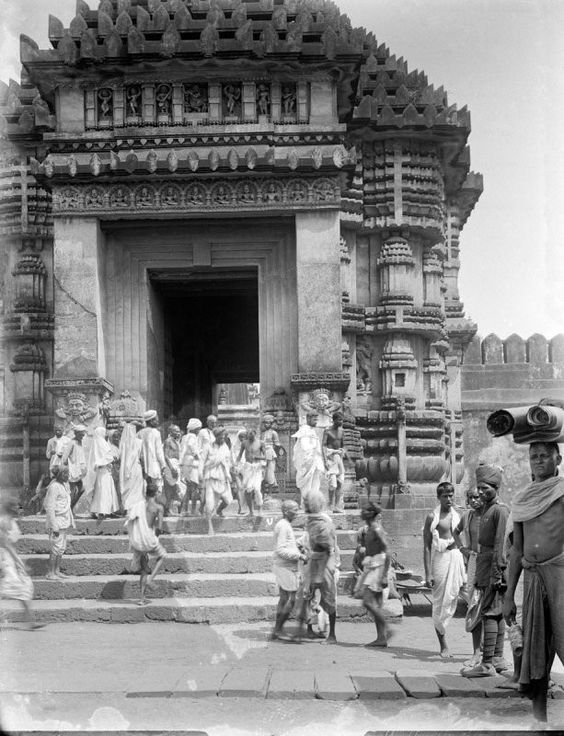
1607: Hasim Khan, the Mughal subedar of Odisha, attacked the temple during the reign of King Purosottam Dev of Bhoi dynasty. The idols were taken to Gopal Jew temple near Khurda Gada and hidden. Therefore, Rath Yatra could not be held in this year. A year later, the idols were installed at Puri Jagannath temple during Bahuda.
1611: Kalyan Mal, the son of Todar Mal (a famous courtier of Akbar), became subedar of this region and attacked the temple. This led the servitors shift the idols to Mahisanasi in the Chilika lake. Thus, Rath Yatra was not held in1611. Kalyan Mal attacked the temple for the second time in 1617and idols were again shifted but this time to Gurubai also near Chilika Lake. Rath Yatra could not be held this year.
1621: The idols were shifted to Andharigarh at Banapur Mala after Muslim subedar Ahmed Beg attacked the temple. Later, the Brahmas of the idols were taken to Gadamanitira village in Khurda district and installed there. The grand festival was not held for two years in 1621 and 1622.
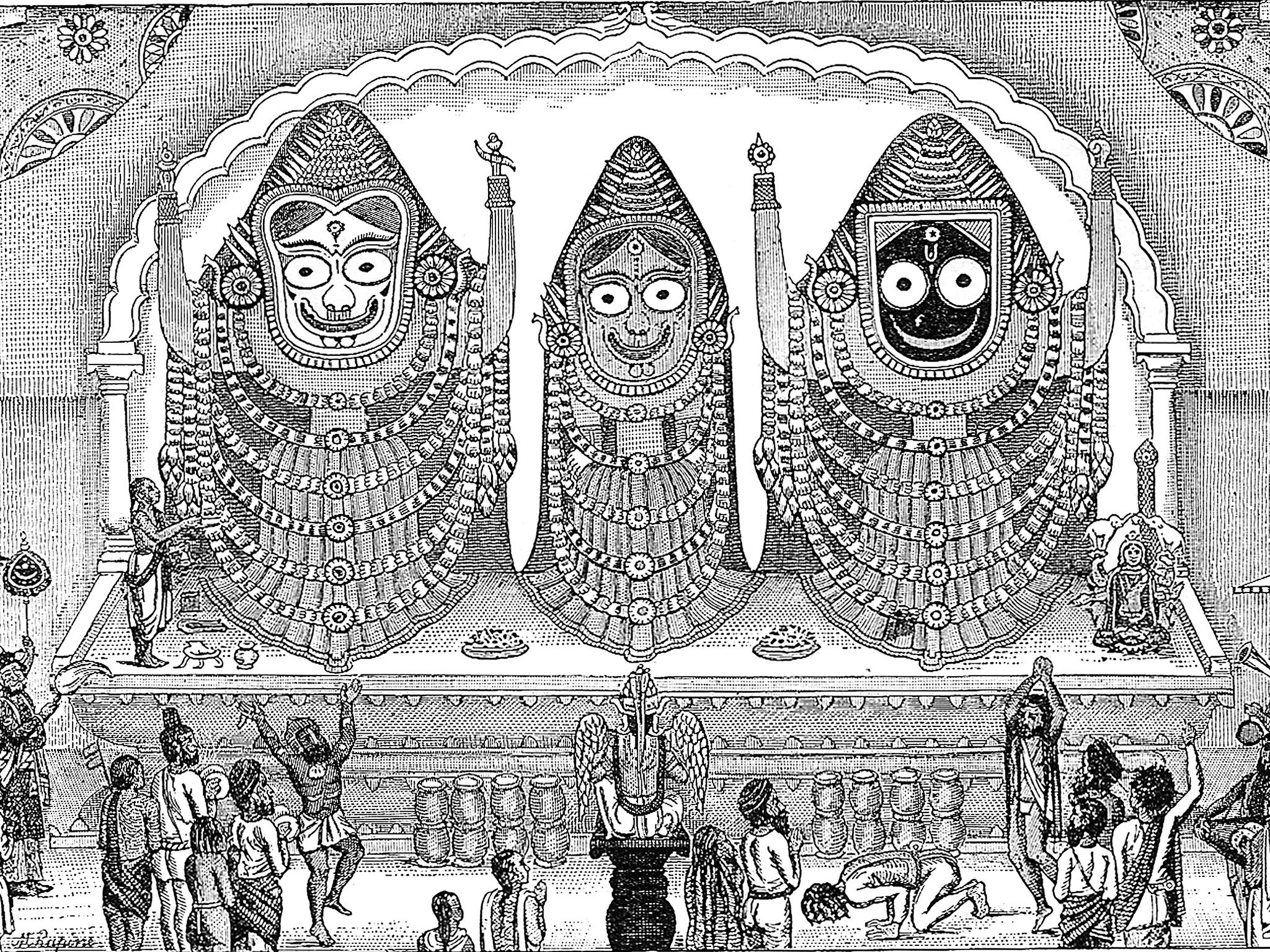
1692: The grand carnival Rath Yatra was not held for 13 years between 1692 and 1707 after continuous attack by Ekram Khan, the Mughal commander in Odisha. The idols were shifted from the temple to a place behind the Bimala temple in Khurda before the attack. Later, the idols were kept at Bada Hantuada village in Banapur. However, opinions of the historians vary on the matter of idols’ stay at Bada Hantuada village. Some claim that idols were kept there from 1692 to 1699 while another section claims that idols were worshipped there till 1707 and during these 15 years, Rath Yatra could not be held for 13 years.
1731: The event was not held this year after Mohammed Taqi Khan, deputy governor of Odisha attacked Sri Mandir. The idols were taken to Kankanasikhari Kuda in Chilika lake. Later, the idols were shifted to Harishwar Mandap at Nairi village in Chilika tahasil in Khurda district and finally to Chikili village near the foothill of Chakadimbiri at Khallikote.
1733: Last time the car festival could not be held was between 1733 and 1735 when Mohammed Taqi Khan attacked the Jagannath temple for second time. The idols were shifted to Harishwar Mandap and then to Marda Temple near Hatibari hill in Polasara of Ganjam district. Idols were kept there for more than two years and four months. As a result, Rath yatra was not held in 1733, 1734 and 1735. The idols were brought back to Puri in May 1736 and Rath Yatra was held in that year.
Another culture scholar Asit Mohanty says, “Starting from 1340 AD when Illias Shah, the Sultan of Bengal attacked Srimandir to Mohammed Taqi Khan’s invasion on the temple in 1733, the Lord Jagannath temple in Puri had been plundered for seventeen times in the annals of history. Due to constant attacks, the idols were shifted to various parts of the state for safety. The medium of communication at that time was bullock cart, colloquially called sagadi in which idols were carried to different places. Some claim that Raktabahu was involved in the attack during which the Trinity was hidden for 144 years. However, there is no mention of him and his religion in the history. Historians are also yet to offer the details about Raktabahu. However, historical findings suggest that Rath Yatra couldn’t be held for 32 years between 1568 and 1736. If we go by records of Madala Panji, it has been mentioned that during the tenure of Narasingha Dev, Rath Yatra was held once inside the temple at Bhoga Mandap as part of measures to save idols from the attack of Ekram Khan, the Mughal commander in Odisha.”
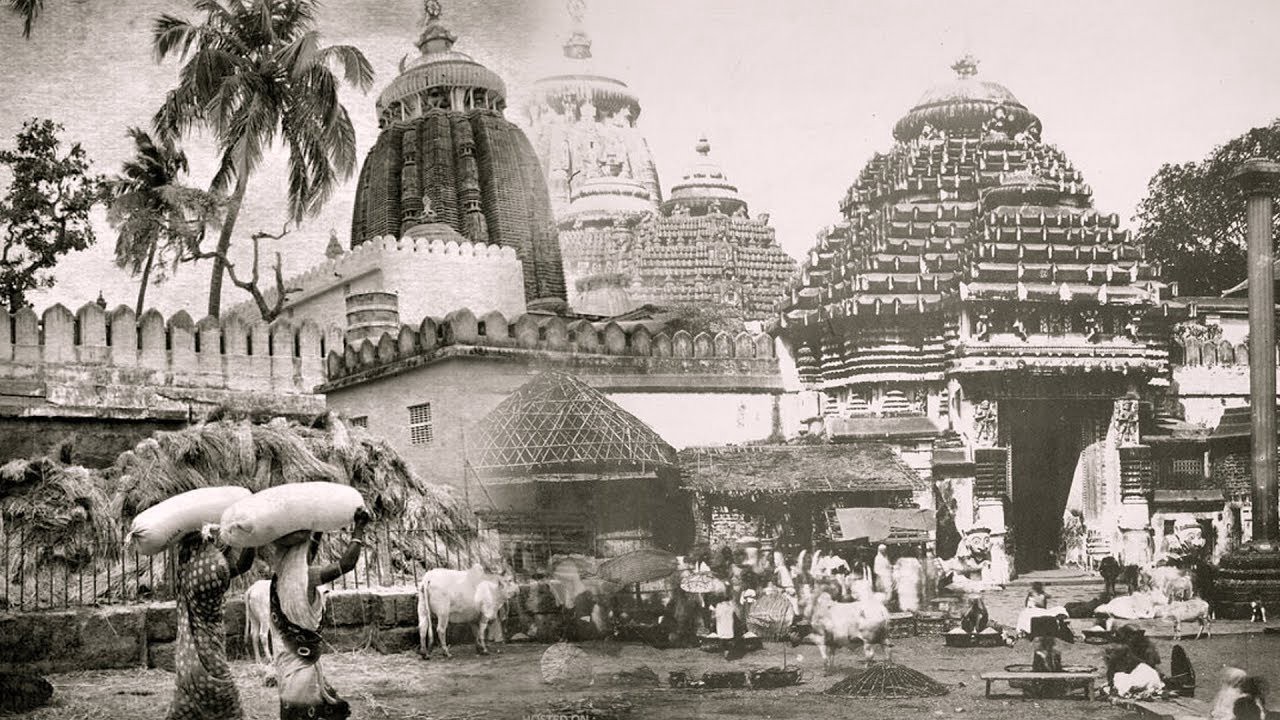
However, heritage expert Surendra Kumar Mishra has a different take in this regard. According to him, Srimandir was attacked 18 times in the past and the presiding deities were taken out of the temple 22 times during such aggressions. The deities were kept outside Srimandir for altogether 164 years and four months of which the annual mega event could be organised eight times outside Puri town and once inside Srimandir. Thus, it comes down to 155 years during which the Rath Yatra couldn’t be held.
“The deities were taken to Sonepur through Mahanadi when Raktabahu attacked the shrine between 670 and 675. The deities were worshipped in isolation near Chhalia hills for 45 years. There was no scope to organise the Rath Yatra then. Later, the deities were shifted to a cave opposite of Chhalia hills where the deities were kept hidden there for 99 years. So, the Rath Yatra could not be organised for 144 years,” explained Mishra.
Notwithstanding on how many occasions he festival was stopped, millions of Jagannath devotees and culture lovers earnestly hope that the apex court will consider the review petition which has already been listed for hearing and modify its order keeping view of their emotion and present pandemic situation.

